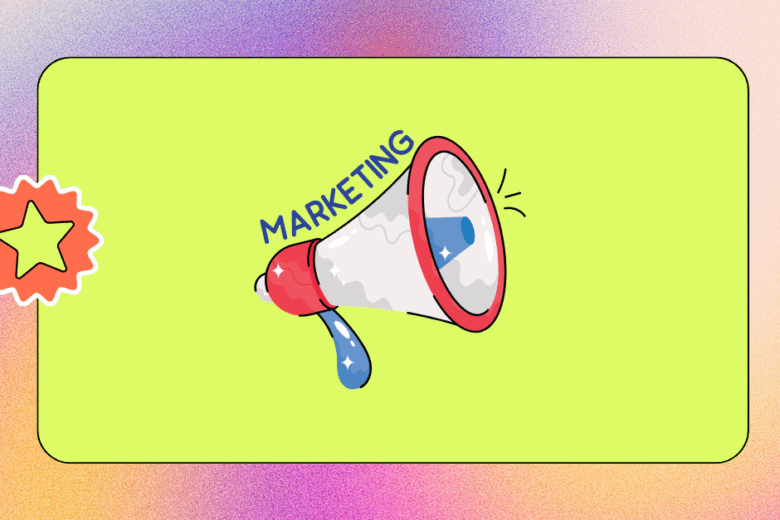Email marketing is still a powerhouse for online stores in 2025. If you’re running an ecommerce business, emails can turn one-time buyers into loyal fans and drive serious sales. For shoppers, a good email feels like a personal recommendation, not spam. This guide shares five practical tips to make your email marketing shine, written in a friendly, chatty tone for a global audience. We’ve packed it with SEO-friendly keywords like “ecommerce email marketing 2025” and “email marketing tips” to boost your rankings. With a mix of strategies and one real-world example, it’s designed to help businesses grow and keep customers happy. Plus, there’s an FAQ to answer top questions for you and search engines. Let’s get those emails working!
1. Personalize Emails to Feel Like a Friend’s Advice
If you want customers to open your emails, make them feel personal. Use their name, recommend products based on their past buys, or tailor offers to their interests. Businesses get higher open rates and sales; customers love emails that feel made for them.
Try segmenting your email list by behavior—like who buys clothes versus electronics. Tools like Mailchimp or Klaviyo can suggest products based on browsing history. For example, a “Welcome Back, Sarah!” email with shoe recommendations for a fashion lover can spark a purchase.
Pro Tip: Search “ecommerce email personalization 2025” for the latest tools to customize emails.
2. Craft Catchy Subject Lines That Beg to Be Opened
Your subject line is the first thing customers see, so make it pop. A great subject line grabs attention without sounding pushy, encouraging clicks for businesses and enticing shoppers to check out your offer.
Keep it short (under 60 characters), use action words, or add a touch of urgency. Think “Sarah, 20% Off Your Favorite Sneakers Today!” instead of “Sale Now On.” A/B test different subject lines to see what works. This boosts open rates for you and makes emails more exciting for customers.
Pro Tip: Search “best email subject lines 2025” for fresh ideas that drive clicks.
3. Send Abandoned Cart Emails to Recover Sales
Ever add something to your cart and forget to buy? Abandoned cart emails remind customers to complete their purchase, saving sales for businesses and nudging shoppers to get what they wanted.
A clothing store in Toronto used Klaviyo to send cart abandonment emails with a 10% off nudge within 24 hours. Their recovery rate hit 15%, adding thousands to monthly revenue. Customers appreciated the reminder and discount, making it a win-win.
How to Do It: Use tools like Shopify Email or Klaviyo to set up automated cart abandonment emails. Send the first email within a few hours, offering a small incentive or free shipping. Keep the tone friendly, like “Forgot something? Your cart’s waiting!”
Pro Tip: Search “abandoned cart email strategies 2025” for templates that convert.
4. Time Your Emails for Maximum Impact
Timing matters. If you send emails when customers are likely to read them, you’ll see more opens and sales. For shoppers, this means getting emails when they’re ready to browse, not at 3 a.m.
Test sending emails on weekday mornings (9–11 a.m.) or Sunday evenings, when people often check their inboxes. Use analytics in your email platform to find your audience’s sweet spot. For global stores, adjust send times by time zone—morning in London might be evening in Sydney.
Pro Tip: Search “best time to send ecommerce emails 2025” for data-driven timing tips.
5. Include Clear Calls-to-Action (CTAs)
If you want customers to buy, tell them exactly what to do. A strong CTA like “Shop Now” or “Grab Your Deal” guides shoppers to the next step, boosting conversions for businesses and making shopping straightforward.
Use bold, colorful buttons for CTAs, not just text links. Place them above the fold (visible without scrolling). For example, “Get Your 20% Off Now” in a bright button is more clickable than a plain “Click here.” This drives sales and helps customers act fast.
Pro Tip: Search “ecommerce email CTA tips 2025” for design ideas that boost clicks.
Why These Tips Make a Difference
These five tips—personalization, catchy subject lines, abandoned cart emails, smart timing, and clear CTAs—can take your ecommerce email marketing to the next level in 2025. Businesses see more opens, clicks, and sales; customers get emails that feel relevant and useful. Start with one strategy and watch your revenue grow.
Got an email marketing win or a favorite email you received as a shopper? Share it in the comments—I’d love to hear! Now go craft some emails that your customers can’t wait to open.
FAQ: Your Questions About Ecommerce Email Marketing in 2025
How can I improve my ecommerce email marketing in 2025?
Personalize emails, use catchy subject lines, send abandoned cart reminders, time emails strategically, and include clear CTAs to boost opens and sales.
What are the best email marketing tools for ecommerce?
Mailchimp, Klaviyo, and Shopify Email are top picks for personalization, automation, and analytics. They’re easy to use and work with most online stores.
Why do abandoned cart emails work for online stores?
They remind customers to complete purchases, often with a discount, recovering lost sales. They’re a win for businesses and helpful for shoppers.
When is the best time to send ecommerce emails in 2025?
Weekday mornings (9–11 a.m.) or Sunday evenings often get high open rates. Use analytics to find your audience’s best time and adjust for global time zones.
How do I write effective email subject lines for my store?
Keep them short, use action words, and add personalization or urgency (e.g., “Sarah, 20% Off Ends Tonight!”). Test different versions to see what clicks.
How can email personalization help my ecommerce business?
Personalized emails based on customer behavior (like past purchases) increase open rates and conversions by feeling relevant and tailored to shoppers.
